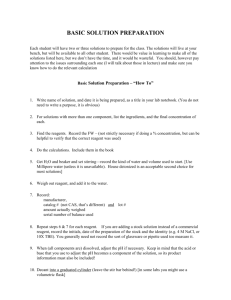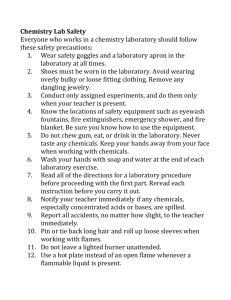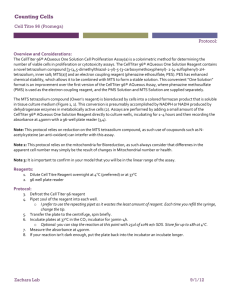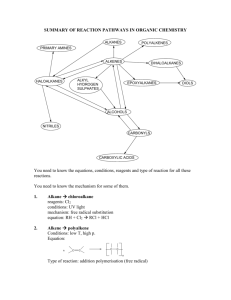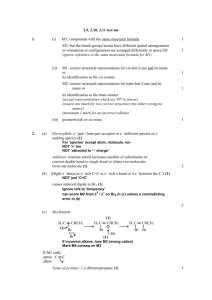Figure 1. Components and general arrangement of the semi
advertisement
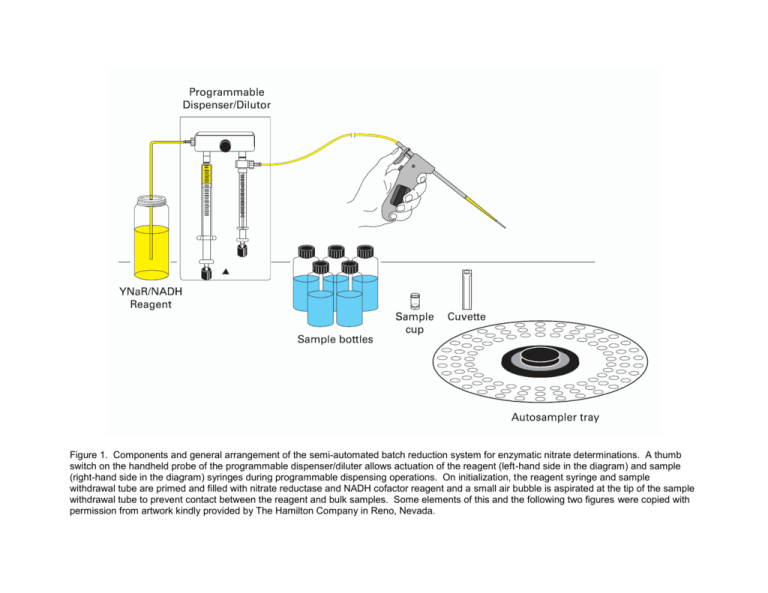
Figure 1. Components and general arrangement of the semi-automated batch reduction system for enzymatic nitrate determinations. A thumb switch on the handheld probe of the programmable dispenser/diluter allows actuation of the reagent (left-hand side in the diagram) and sample (right-hand side in the diagram) syringes during programmable dispensing operations. On initialization, the reagent syringe and sample withdrawal tube are primed and filled with nitrate reductase and NADH cofactor reagent and a small air bubble is aspirated at the tip of the sample withdrawal tube to prevent contact between the reagent and bulk samples. Some elements of this and the following two figures were copied with permission from artwork kindly provided by The Hamilton Company in Reno, Nevada. Figure 2: step 1. The tip of the withdrawal tube is placed in the bulk sample and the thumb switch is pressed to actuate the sample syringe, which retracts to aspirate a small aliquot of sample—25-50 µL, typically, which is isolated from the reagent by the small air bubble aspirated during initialization. Figure 3: step 2. The hand-held sample probe is positioned over an empty continuous flow analyzer sample cup or disposable cuvette and the thumb switch is pressed again to dispense sample and reagent into the selected container by sequential actuation of sample and reagent syringes. The force of the reagent stream flushing the much smaller sample volume into containers is sufficient to mix sample with reagent. At the end of the dispense cycle, the reagent syringe refills and aspirates a small air bubble into the tip of the sample probe to make it ready for the next sample cycle. Using this approach, a batch of 50 samples, calibrants, and reference materials can be prepared in about 20 minutes.

